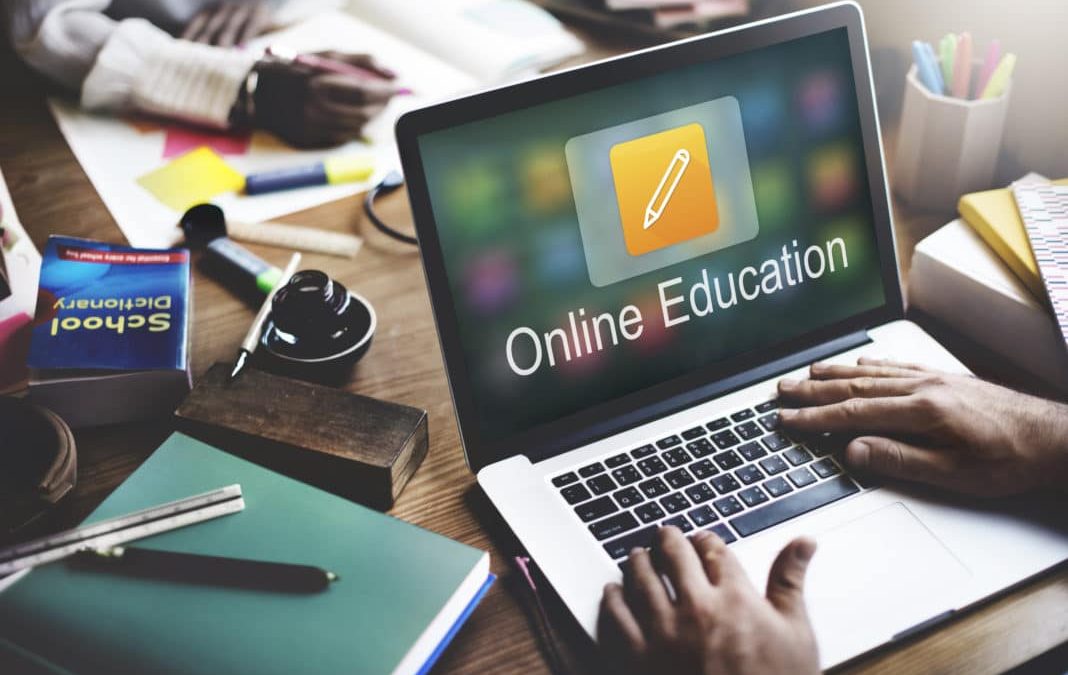The rise of COVID-19 cases coincided with an extended lockdown period. The lockdown, in turn, coincided with the rise of visual devices as modes of communication. In a country that has a massive cellphone-using population, it doubled up as an avenue for learning. Slowly, yet surely, smartphones, laptops, and tablets—apart from those with computers at home—became a way to access children’s teachers and their lessons.
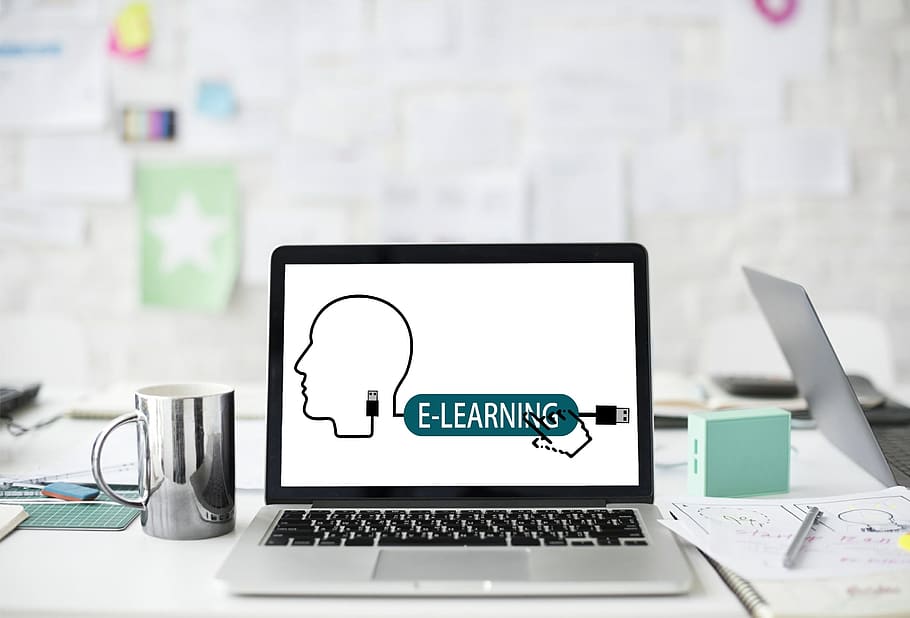
This has been a universal trend, more rampant in some countries than others. While institutions slowly grasped the realization that staying at home would be an experience beyond just a couple of weeks, shifting to online learning seemed like the only option. The other choice, of course, would’ve been to do nothing at all. Several schools of thought have clashed over whether children should be made accustomed to a new online structure or given time indefinitely to do nothing with a format. Unprecedented times have inspired unprecedented solutions. A combination of recorded videos, audios, and live teaching sessions, along with worksheets and written assignments has been created all over again for a format that has hitherto only been used sparingly in mainstream schools.
For those of us who are in the space of therapeutic teaching and healing, the idea of education is far removed from what is conventionally understood. When we craft a regular on-site curriculum, we do so with a keen understanding of who our students are and what their specific needs are. We do not have teachers in the strictest sense. We have practitioners, healers, counsellors, and artists, who bring in their expertise and their sensitivity to the table, to make Arts-based “education” holistic at every stage.
Our educational milestones do not conform to mainstream education milestones because we keep the child at the core of all our planning, and not create a curriculum first and then expect the child to “fit in”. Each child, as we know, has a different set of goals and a different set of milestones…attaining them at a pace that works for that child and that child alone. So, getting into the COVID-19 lockdown for us meant more than just shifting to a digital platform. It meant rewriting the rules of caregiving, encouragement, affection, comfort, and security; these which are instantaneous when physical but can feel so strained when attempted virtually. Because for us, education has meant self-enlightenment every single time.
We have also had to keep in mind the rising problem of screen time. Even without the COVID-19 situation, we’ve been very cautious about overusing visual media. There has been a lot of research that points to how overstimulation through such media can affect children’s sleep and behaviour patterns, trigger seizures in some children with epilepsy and cause meltdowns.
The magnitude of this increases when the population in focus is one with mental disabilities that finds itself stifled by being forced to be at home. It was an overarching concern for us when we sat down to ideate over how best to reach out to these children; those that have been so accustomed to a tactile and physical environment like school.
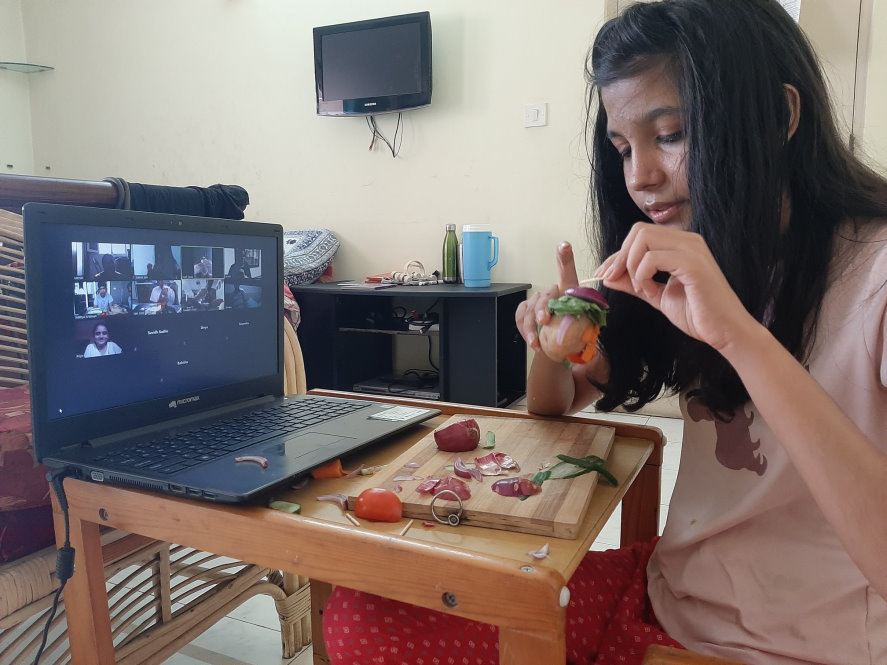
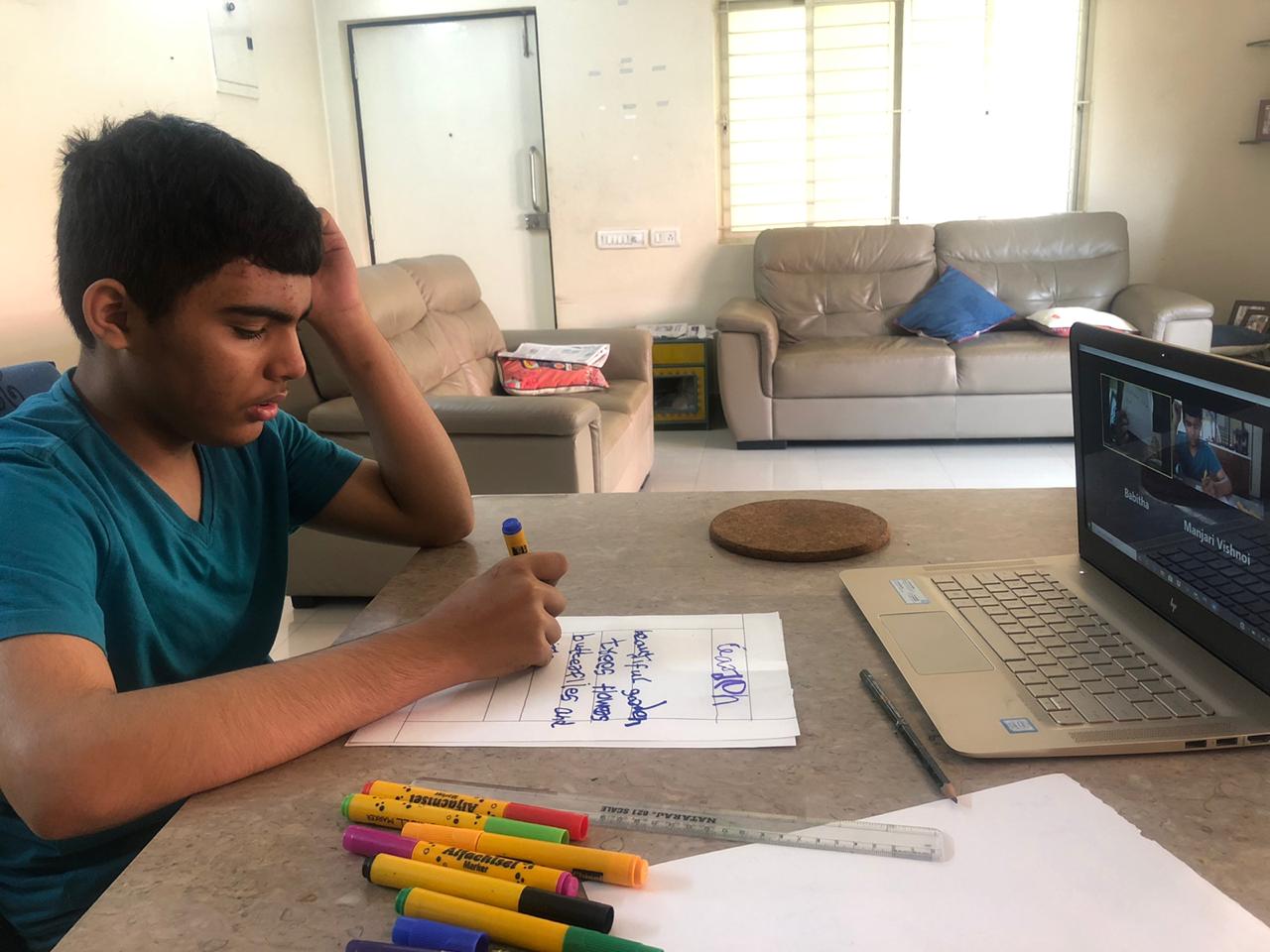
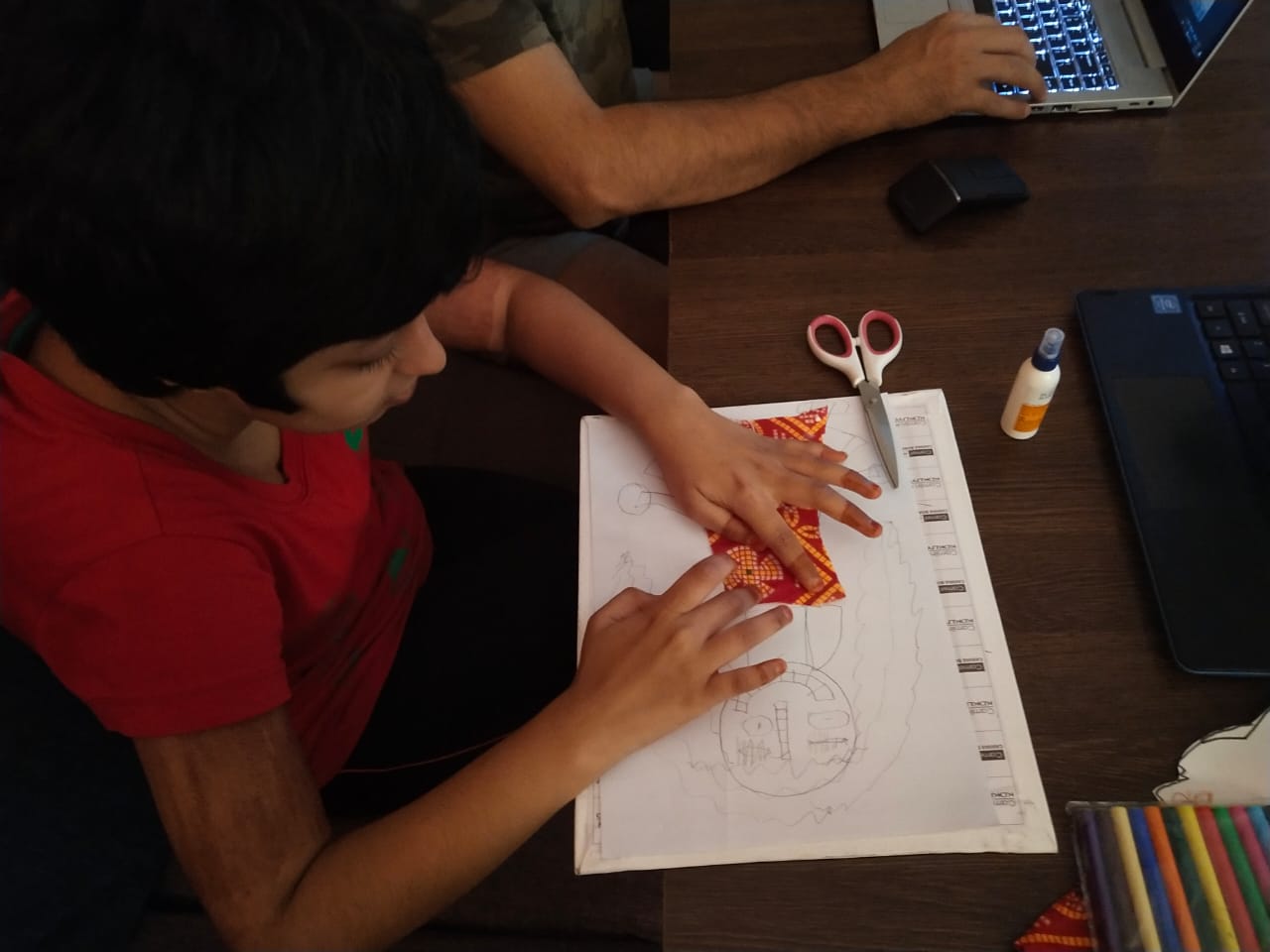
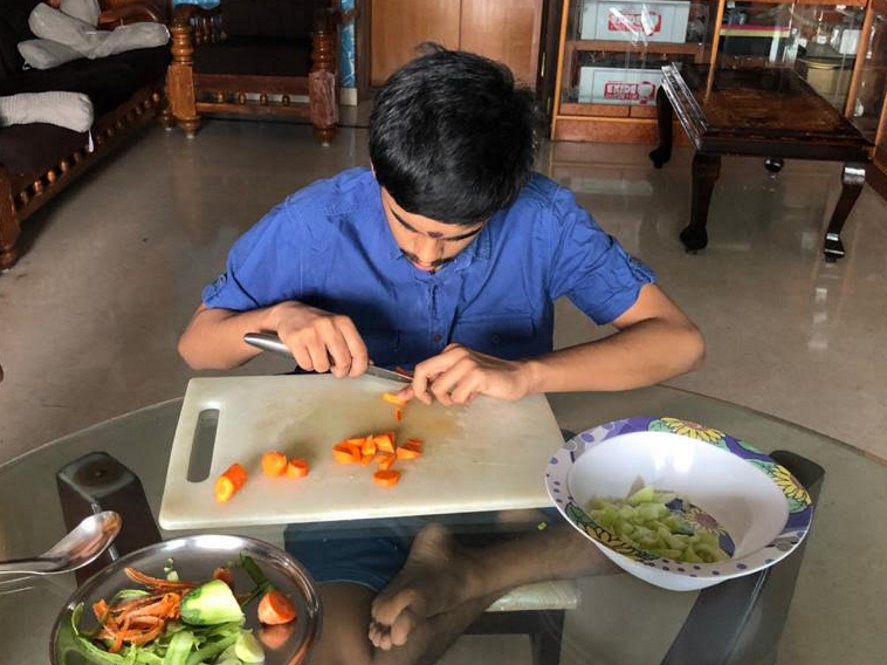
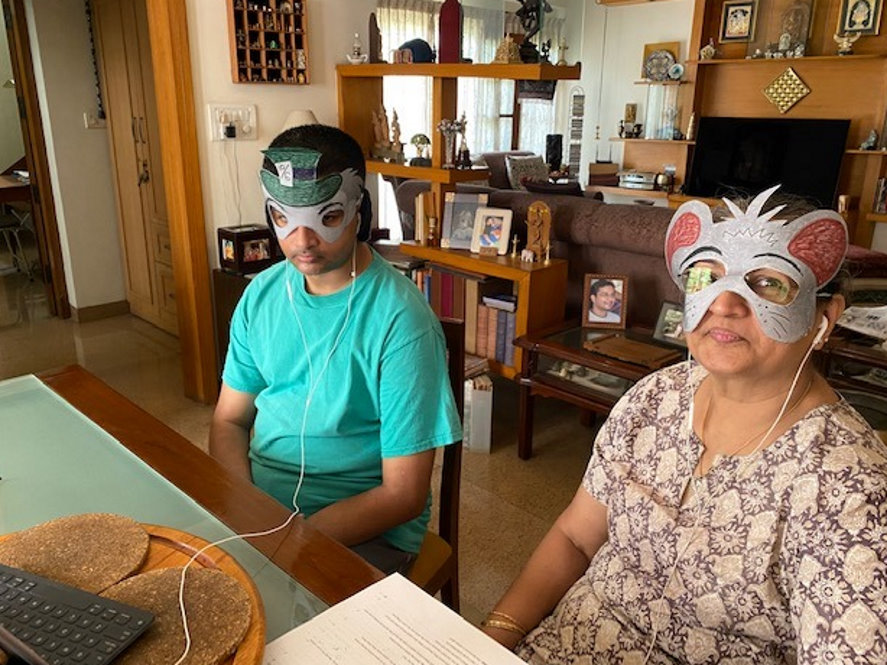
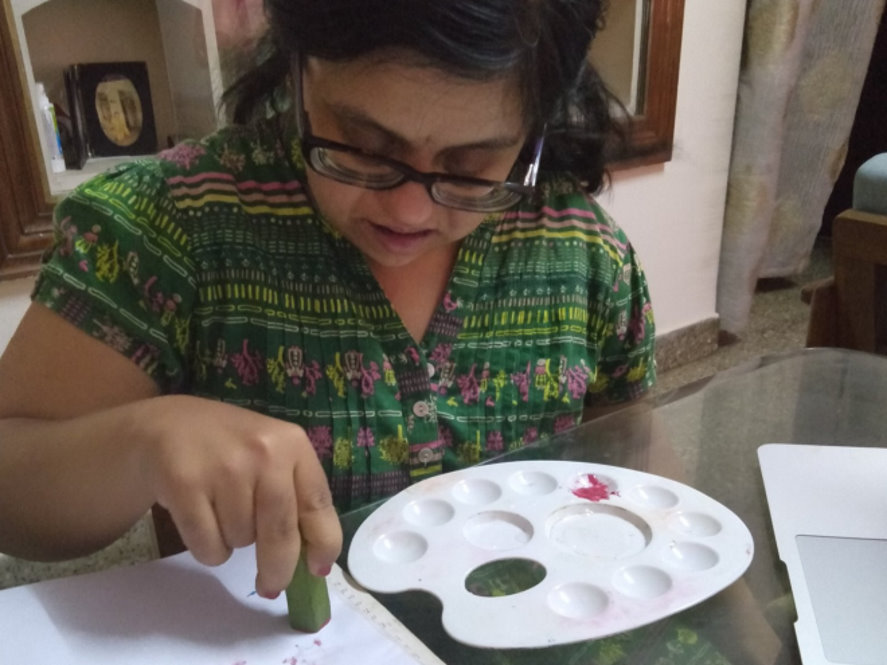
For Snehadhara, each child has—through his/her needs—guided us in creating the online curriculum. We recognised how crucial our engagement with them was, and how technology (despite being a double-edged sword) was the only option to ensure their mental well-being during the lockdown and the acclimatization once the lockdown is lifted and a new normal sets in.Knowing that we’d have to walk that tightrope between online therapeutic sessions and overexposure to screens, we systematically introduced solo and group sessions over a range of subjects, using multimedia to bring in variety and stability. Even within the online sessions, we’ve carefully factored in how much of total screen time the child is exposed to, ensuring that offline too their overall learning continues.
Our children’s best interests have always been at the heart of the curricula we’ve created in the past. And it is our children who will continue to guide us through these new frontiers in the world of education, healing and therapy.

